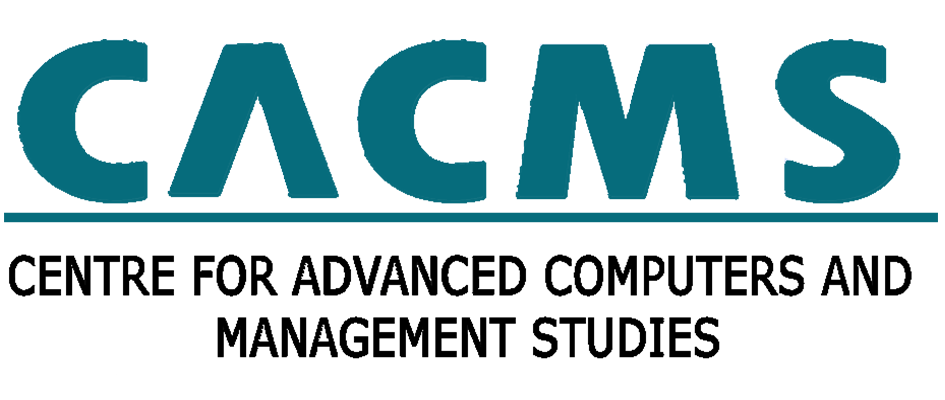Django is a Python-based free and open-source web framework that follows the model-template-view architectural pattern. Django's primary goal is to ease the creation of complex, database-driven websites.

Django is a Python-based free and open-source web framework that follows the model-template-view architectural pattern. Django's primary goal is to ease the creation of complex, database-driven websites. The framework emphasizes reusability and "pluggability" of components, less code, low coupling, rapid development, and the principle of don't repeat yourself.
Course Outline:
CACMS is one of the few reputed institutes in Amritsar that has earned repute by offering quality education to its students. Joining a course at CACMS also allows you grab rewarding career opportunities based on upgraded skills with a certified course of your choice.
Centre for Advanced computers and Management Studies is a premier computer institute in Amritsar offering professional courses in the field of Management and IT.
We offer courses like Data Science, Data Analytics, Tableau, python,c,c++, java , website designing, website development, c#, Digital Marketing, Machine Learning, Ethical Hacking, Quick books, Tally, Ms-office and more. We are a Microsoft Training Partner, Hp Training Authorized Centre and Tally authorized training centre.
Why Join Us?
Live Projects Training: Why learn only theory when you can get a practical hands-on experience with live projects within a course from CACMS
Experienced Faculty: Mere knowledge is not enough to be an effective trainer. Experienced faculty at CACMS is well-versed with both theoretical & practical aspects.
High-tech Facilities: Upgrade your skills in an interactive learning environment, comprising of LCD projectors, computer labs, and other aspects of a multimedia classroom.
International Certifications: Certifications from reputed brands like Microsoft, HP, Tally, and IIB help you gain an upper hand over your peer competitors.
Soft Skills Training: When professional skills combine with soft skills, it results in competitive, best-in-class professionals. We understand and deliver on this.
Placement Assistance: Don’t worry about starting a career after the course. We assist you in getting placed as well, via our tie-ups with local & outside companies.
© 2025 coursetakers.com All Rights Reserved. Terms and Conditions of use | Privacy Policy